
Alberobello is one of the most special places you will ever visit. A village in southern Italy, with unique architecture, rich history and a special vibe that I have never encountered before!
A few words about the city
Alberobello, which in Italian means beautiful tree, is located in southern Italy and more specifically in the region of Puglia. It is a small town, with only 10,465 inhabitants, which is part of the Valley of Itria, northwest of Salento, and the Karst Plateau of Murzia. The reason why it is famous worldwide is the small limestone and stone buildings with conical, pyramidal or domed roofs, which are known as domes (trulli). Trulli are constructions with the art of dry stone in the region of Puglia, that is, with the traditional building technique without any binder. The domes of Alberobello are considered among the best dry stone structures in Europe and have been included, since December 6, 1996, in the list of UNESCO World Heritage Sites! So I have chosen for you what I think is worthy of consideration for one visiting the city for the first time.
Rione Monti
The Rione Monti district, in the northern part of the city, contains most of the domed houses and is considered the most central and perhaps most touristy part of Alberobello. It consists of several narrow lanes sloping upwards, with others winding along the hillside and others overlooking the modern city centre. There you will find in the series countless souvenir shops, such as postcards, mugs, piggy banks, magnets, coins and small copies of the domes. But there are other shops selling local and interesting products, such as olive wood carved into chopping boards and bowls, woven placemats and tablecloths, made in and around Alberobello. Plus, in Rione Monte you will find the smaller trullo in Alberobello (Il trullo più piccolo di Alberobello). It also serves as a souvenir shop, but it is one of the busiest and most photographed spots in the city. Finally, of particular interest is the Siamese trullo (Trullo Siamese), which is the only one that has two united domes and two entrances! According to the legend, two brothers lived in this building and both fell in love with the same woman. But she chose the younger brother, moved in with him and so the older brother split the house in half by building a wall!
Rione Aia Piccola
The Little Hague District (Rione Aia Piccola) is quieter, less touristy and will give you a sense of what Alberobello was like before it became this hot tourist destination of today. Here you won't find souvenir shops, restaurants and hordes of tourists trying to take pictures in front of every building. This is a residential quarter with houses, and now guesthouses, which has kept its authenticity. Puglia's iconic green cacti perfectly complement its whitewashed walls and stone trulli, while potted flowers only add charm to this charming neighbourhood. Ultimately, in my opinion it is the top spot to take great photos with the trulli without too many people.
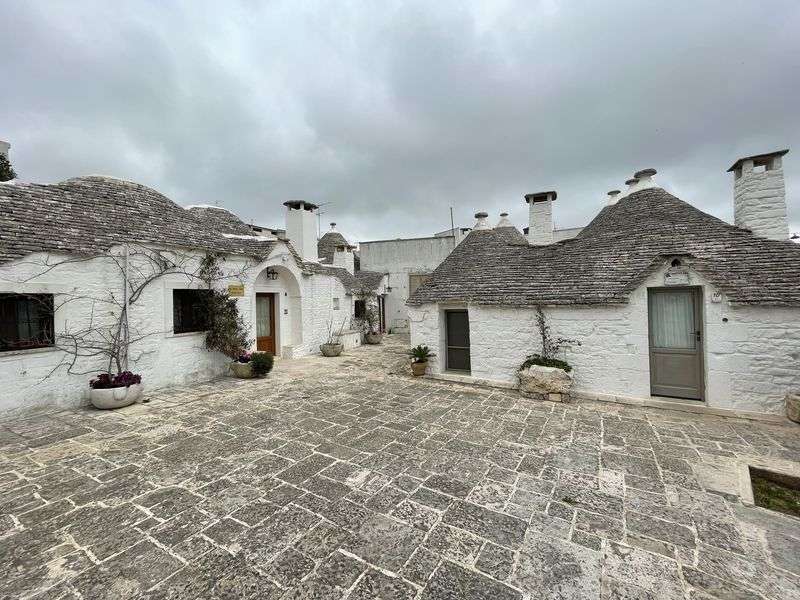
Parrocchia di Sant'Antonio di Padova
At the highest point of the Monti district is the only church in the world with such a trullo. I refer, of course, to the Church of St. Anthony of Padua (Parrocchia di Sant'antonio di Padova), which was built in 1926! The main dome of the church is 18 meters high, while the bell tower is on the right and is built in Romanesque style in the form of a tower. The interior of the temple is very modest, like most churches in the periphery. It follows a Greek cruciform plan, has stone arches and walls, and is adorned with frescoes by the famous Apulian artist, Adolfo Rollo. Admission to the church is, of course, free.
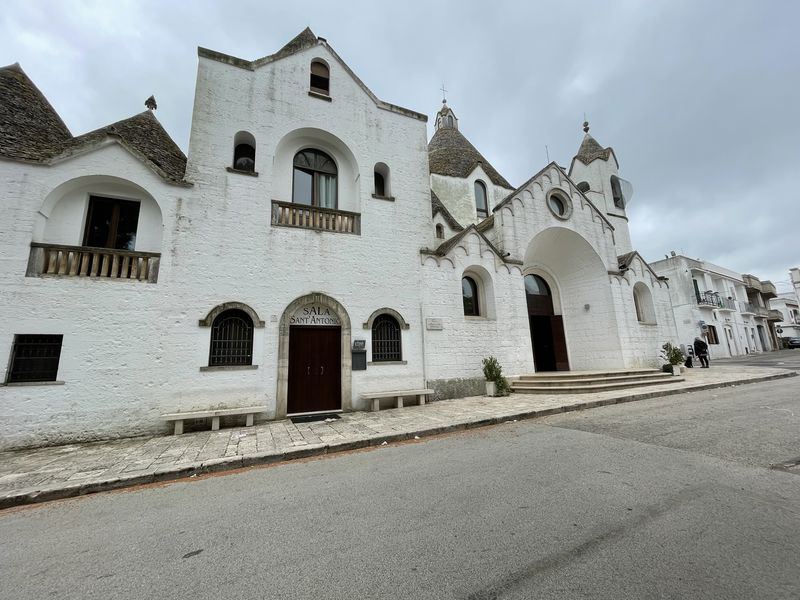
Trullo Sovrano
Trullo Sovrano is the largest of Alberobello and dates back to the early 1700s. It is the home of a wealthy family and more specifically of the priest Cataldo Perta, which has now been converted into a museum. This conical building is the only one with original furnishings, so you will have the chance to feel how people lived in Alberobello a hundred years ago! Equally interesting is the fact that it is the only such building with an elevated floor (second level), but its walls are thin in order for the fireplace that exists below to warm the whole house. The Trullo Sovrano is a National Monument and is included in UNESCO's list of World Heritage Sites. Entrance to the Dome costs just 2e.
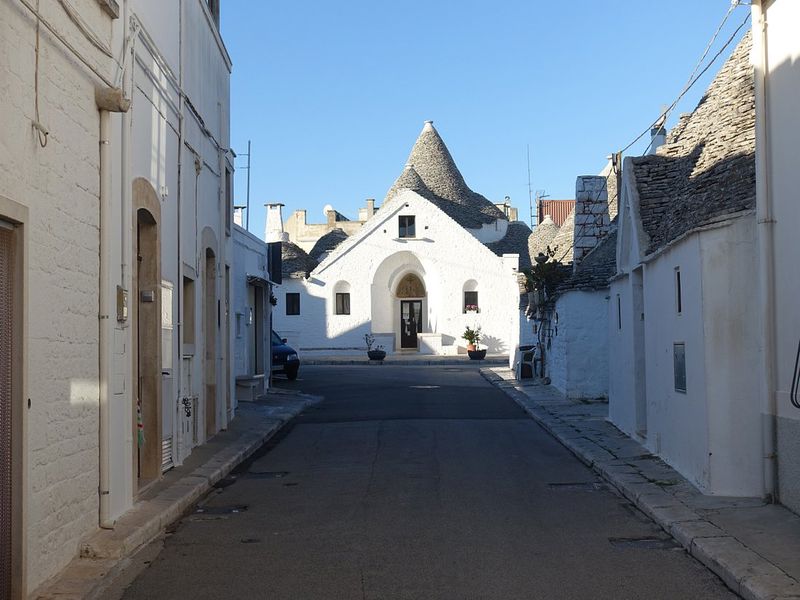
Casa D’amore
Before the official recognition of the city in 1797 by King Ferdinand IV of Naples, it was forbidden by the local counts to construct permanent buildings. They were to be built of drystone only so that they could be dismantled quickly and easily to avoid taxation. The House of D'amore (Casa D'amore) clearly marks the transition from an "illegal" city to a basilica. As the Latin inscription on its walls says "the first building erected by royal authority". Francesco D'Amore, the owner of this house, was the first citizen to build his house with mortar in the city, since these structures and trulli were constructed with the so-called "malta" a mixture of lime and a red local mineral, which it is called "vuolo". In many of Alberobello's ancient buildings you can still see this particular cement between the stones.
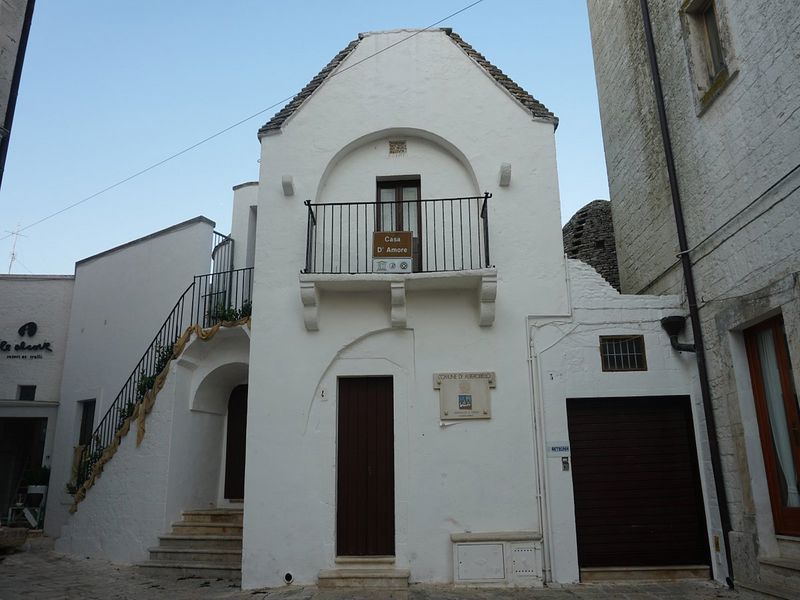
Villa Comunale Belvedere Parco
One of the best things to see and do in the city is to admire the magnificent views from the Villa Comunale Belvedere Park. From this tiny park, with its one massive tree and maze of low stone walls, you will get a panoramic view of the Little Valley of Alberobello. It was inaugurated in 1985 and has since become one of the most popular places for both visitors and tourists. In fact, a route has been created for people with disabilities, while a series of steps, covered with local stone, allows performances and events to be staged. Admission is free.
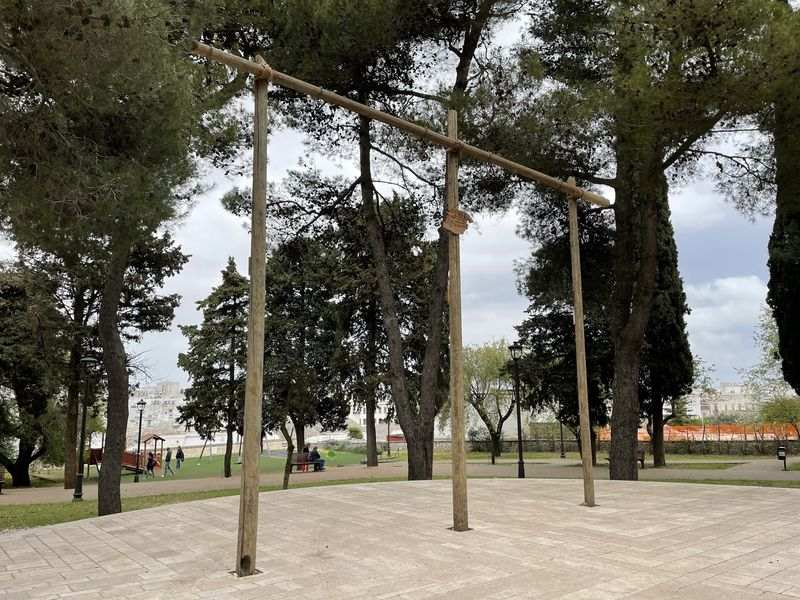
Chiesa di Santa Lucia
Right next to it, in Square of Gian Girolamo Acquaviva (Piazza Gian Girolamo Acquaviva) you will also find the Church of Saint Lucia (Chiesa di Santa Lucia). It is a single-aisle church originally founded in 1823, rebuilt in 1856 and underwent various interventions until the last decade of the nineteenth century. In fact, in 1904 the Rector of the church, authorized by Bishop Antonio Lamberti, received a relic of Saint Lucia from Venice! Of course, one of the main reasons to visit it is the panoramic view of the entire Alberobello, which you will have from its steps.
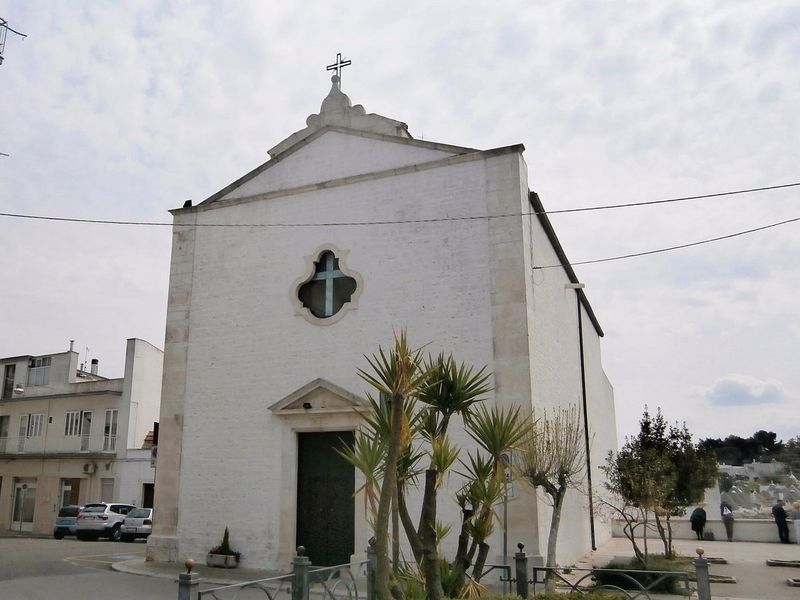
Parrocchia Santuario Basilica S.S. Cosma E Damiano
Last but not least, I left the main Church of Alberobello, the Basilica of Saints Cosmas and Damian (Parrocchia Santuario Basilica S.S. Cosma E Damiano). It is located in the northern part of Alberobello, just outside the old town and with its current structure dates back to 1885! It is the work of the city's most notorious architect, Antonio Curie, and features two twin spires, while its interior is decorated in a neo-Renaissance style. Of particular interest are the two wooden statues of the Saints (1782 and 1784), kept inside the church, as well as the reliquary containing some pieces of bones of the Saints. On the 26th and 27th of September, the Saints are celebrated, an event that invites a crowd of pilgrims from nearby towns and, as tradition says, they go all the way on foot! Entrance to the temple is, of course, free.

How to go
There is, of course, no airport in Alberobello so you will have to travel first to a neighboring big city and from there to Alberobello. The most economical and fastest option is via Bari. So the cheapest solution for someone to travel to Bari from Thessaloniki is offered by Ryanair, with a stopover in Bologna at €60 round trip! You can also choose a direct flight from Athens with Volotea, from €62 round trip! From there you should take a bus or train to Alberobello, which costs €8-10 round trip and you will be at your final destination in just over an hour.
Where to stay
The truth is that accommodation in Alberobello is relatively expensive, but staying in a small house with its characteristic trulli is an awesome experience. The accommodation I have to recommend is Charming Trulli, located in the heart of Alberobello and offering beautifully renovated rooms that have kept their traditional character.
How to move
Alberobello is a small town, where cars are not even allowed in its historic center. So once you get there, you won't need any public transport, although there are buses that connect it to other areas. Also, there are, of course, taxis, but they are a bit expensive and I would only recommend them in case of emergency.
What to eat
Apart from the classic Italian dishes, in Alberobello, you should try some of its local delicacies. The most famous dish of the region is orecchiette pasta, which looks like "ears", accompanied with salted anchovy! Equally famous are Zampina, which looks like sausage from various types of meat, bombette, which are stuffed meatballs with cheese, pasta Cavatellucci with seafood, focaccia di Vari, essentially pressed bread with tomato, olives and olive oil. A good choice to taste local flavors is Masseria Papaperta, for focaccia I recommend La Lira Focacceria, while for coffee and dessert Martinucci Laboratory Alberobello. Finally, in Alberobello you will find very quality local wines, so do not miss the opportunity to visit one of the dozens of wineries you will find in the village.
Useful information

In Italy we travel with a new type of Passport or Police ID, where the details are written in Latin characters.
In Alberobello the language used is, of course, Italian. But most, if not all, speak English, so ask for clarification in English.
The currency of the country is the Euro.
Alberobello is one hour behind Greece (GMT +2).
In Alberobello there is no Greek embassy or any Greek consulate so if you need anything you should contact the nearest one, located in Bari at Via Amendola 172/C and its phone numbers are +39 080 5468049, 5461657.
The climate of Italy is quite similar to that of Greece, so there are mild winters and hot summers. I think the ideal time to visit is autumn or Spring.
Recommended excursions → Bari, Matera, Monopoli, Polignano a Mare

If this article seemed interesting or contributed to your quality information, then you can like my facebook page: o_thessalonikios or follow me on instagram!
Mouzakidis Pantelis








